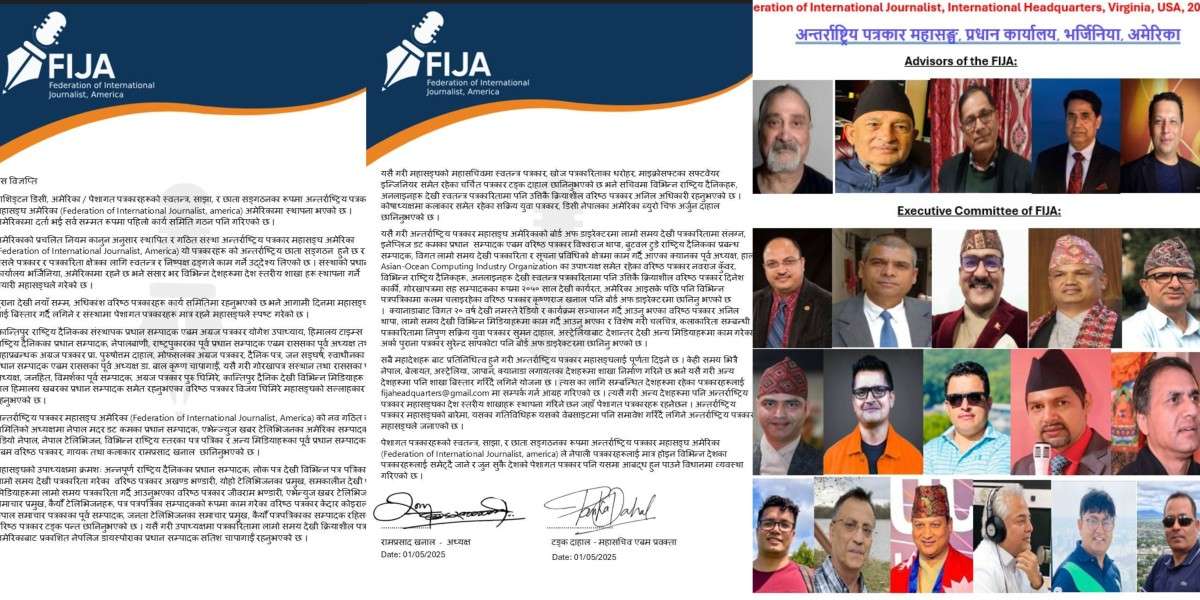Who are the Dalits in South Asia, and what should one know about them in the 21st century?
- Dignity Post
- 08-10-2023 08:06

Dalits are a large and historically marginalized group of South Asian people
Dr. Drona Prakash Rasali
Dalits are a large and historically marginalized group of South Asian people. In the 21st century, the estimated population of Dalits is between 250 and 260 million, roughly half the estimated population of Whites worldwide. India's Census in 2011 counted 201 million Dalits, making up 16.6% of the country's total population. In Nepal's 2021 national census, nearly 4 million people from 14 major Dalit caste groups accounted for 13% of the country's population.
The term "Dalit" means "oppressed," derived from the Indo-Aryan root word "Dal," which translates to "press hard" or "oppress." The word was first coined by the social reformer of India Jyotirao Phule in the 1930s and popularized by Dr. Bhim Rao Ambedkar, who is revered as the Father of the Indian Constitution. In the Indian Constitution, Dalits are called "Scheduled Castes." Nepal’s new Constitution formally recognized the traditionally oppressed people using the word, “Dalit”. The word is dynamic, signifying living humans, and subject to change in status, as it is an adjective-noun used to refer the “oppressed people”, just like the people of certain races referred to as “racialized” in the Western world.
Dalits encompass diverse occupational castes, traditionally living alongside other groups but often segregated economically and socially. Misconceptions label them merely as "cleaners", especially in India, yet they encompass traditional occupations akin to artisans, engineers, chemists, and technologists, providing various essential services that are equivalent to various professions in modern society. For example, an illiterate Dalit old man, who is a goldsmith in a remote hill village in Nepal can clean the dust mixed with gold from his workshop, separate dirt and work with acids, do the meticulous planning work with water, and finally produce a piece of purified gold, not to mention his creative artistry creating amazing gold ornaments that are much like those sold even in the US markets today. One may even chuckle to know that the old goldsmith also manages to take out an aching tooth of a person of any caste, using his rusty pair of pliers, as there would be no dentist in the remote village.
The caste system of South Asia, originating 4,000 years ago as a division of labor based on skills, evolved into a rigid caste hierarchy that favored dominant groups. It is also a historical fact that caste discrimination intensified with rigid statutory law after the 17th Century when Europeans colonized India and elsewhere; that happened around the same time when racial slavery began in Europe and the Americas. Notably, caste categories differ between India and Nepal, evolving throughout history based on rulers' decrees.
In the 21st century, caste discrimination and untouchability practices are legally abolished in India and Nepal. Any reference to the "U-word" in the context of Dalits should be considered derogatory, akin to the N-word in the United States. It's essential to understand the historical context of the term "Dalit," which was created to empower and emancipate the historically oppressed people. Recognizing this context is crucial for reparations to address the harm caused by centuries of discrimination and trauma.
Caste discrimination against Dalits is banned in contemporary India and Nepal, and any such practice is punishable as a hate crime. In practical terms to understand in the context of today, Dalits are the descendants of Scheduled Caste people as defined by the Constitution of India, and the descendants of "water unacceptable" caste people as labeled by the Muluki Ain (Civil Code) of Nepal promulgated in 1854. These historical realities require compensatory reparations rather than hate in the 21st century.
The author is the 2023 Fulbright Canada Research Chair in Race and Health Policy at the Cecil C. Humphreys School of Law, University of Memphis, Tennessee, and an Adjunct Professor at the School of Population and Public Health, University of British Columbia, Canada. He can be reached at: dprasali@memphis.edu.











Conversation